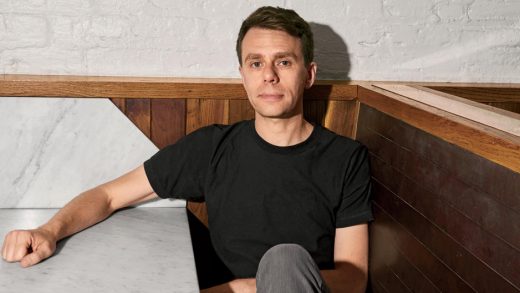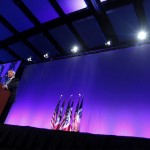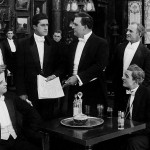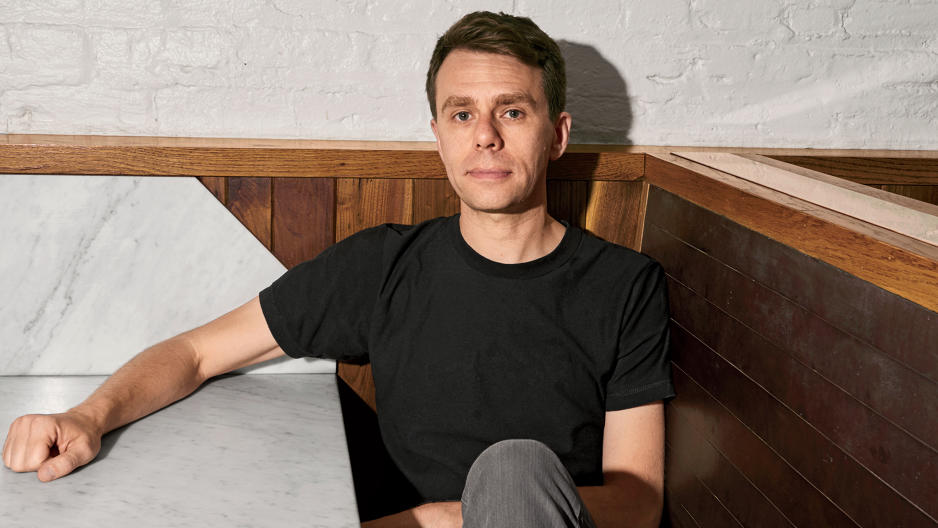How Meetup CEO Scott Heiferman Used A Staff Uprising To Create A Better Product
On a spring day last year, Scott Heiferman, cofounder and CEO of the New York–based networking service Meetup, gathered a group of about 50 colleagues in a capacious bar in Red Hook, Brooklyn. It was the final afternoon of a two-day off-site. In previous sessions, employees armed with whiteboards and markers had discussed ways to boost user growth and solve pain points for their 28 million members, who use the service to start and join interest-based groups that host everything from cocktail hours to writing workshops. As the meeting drew to a close, Heiferman was expecting more brainstorming. His employees, however, were about to stage a coup.
Change was already afoot at Meetup: In previous months, Heiferman had replaced his VP of product and expanded the design team from one to six members. But for a segment of his workers, that wasn’t enough. As the off-site attendees broke off into groups to discuss topics they’d scribbled on Post-its days before, Brian Lafayette, Meetup’s strategy director, slinked over to designer Farah Assir, who had joined Meetup two months earlier from the New York Times.
Assir and Lafayette had spent the past few weeks commiserating over after-hours drinks about Meetup’s growing irrelevancy. The service, they believed, had lost its mainstream appeal. If you wanted to make friends with, say, fellow ferret owners in Houston or catch up with the Danglers, a SoCal nudist club, Meetup was great. But why did the service make it so hard to find activities tailored to more conventional tastes? Lafayette worried that people saw the site as “only for weird people without friends.” So he nudged Assir over to a table with two other employees to discuss the note he’d jotted on his Post-it: “What if the cool people were on Meetup?” They emerged 45 minutes later with a challenge for their CEO: Make some quick changes to appeal to broader and younger audiences, or Meetup is going to get left behind.
As they presented their critique, colleagues rallied around them. Others glanced nervously at Heiferman, who sat shaking his head. The 44-year-old founded the company 15 years ago with a mission of creating communities for everyone, no matter how niche their interests. Now his employees were telling him Meetup was out of touch. “Great, perfect, because we don’t want to be cool,” Heiferman recalls saying. “If you’re cool, you’re a fad.”
The CEO left the meeting angry, but Lafayette and Assir’s comments lingered with him: “I said to myself, If I’m so bothered by this, there must be something to it.” Though Meetup was successful (users grew by 20% from 2014 to 2015; revenue increased 30%, thanks in part to a fee hike), it had missed several crucial waves of innovation, including the shift to mobile. Three years ago, it finally allowed organizers to schedule events from within an app, which still lacked the geolocation features exploited by services such as Tinder. Meanwhile, Facebook beefed up its efforts to help its more than 1 billion users connect in person, making it easier to search for events by category and location (see Circle of Friends, for more). As Heiferman clung to his self-described “hokey” tenets of community and inclusivity, the market had evolved around him.
After a couple of weeks of thinking (and stewing), Heiferman initiated a series of meetings to develop the upstarts’ challenge into actual change. (The calendar invite for the first meeting was pointedly titled, “Cool.”) The leadership team brought in Meetup organizers and members from other cities, getting their feedback on the service. They realized that part of Meetup’s problem—along with the fact that it had never employed a marketing chief to help keep its brand current—was their users don’t care much about joining a community. They just want to find things to do. But Meetup was centered on groups: Members had to file requests to join them; some groups even had lengthy questionnaires and rules. That made it difficult to draw in users. “The platform was very much [focused on] people asking to be a part of things,” says Lafayette.
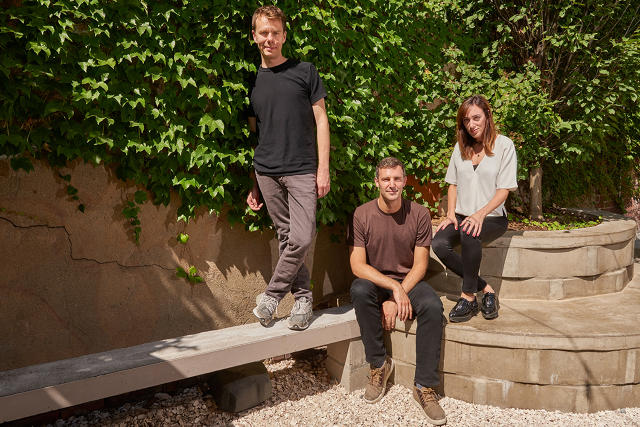
The team decided to reframe the service around activities and, at the end of September, introduced a redesigned app. Instead of an endless scroll of suggested groups, users now see nearby events that match their interests—go party with Free & Cheap Culture & Night Life, get feedback on a novel from the Shut Up & Write! group—which they can add to an itinerary. The app also surfaces activities that others are interested in, so users can decide if they want to set up an outing. The company is now developing features like “nudging,” to spur one-on-one conversations at events, and group messaging, so that attendees can discuss logistics and keep in touch afterward. Instead of searching for communities, Assir says, “You get to say, ‘Here’s what I want to do,’ and meet [like-minded] people along the way.”
Heiferman has embraced Meetup’s transformation. He’s currently in the process of hiring a marketing executive and has even updated the logo from a dorky name tag to a more stylish-looking m. But he’ll never give up on its feel-good, arms-wide-open founding principles. “The future is more automated meetups,” he says. “Humans will provide the caring and love and support.” The technology is just there to help.
A version of this article appeared in the November 2016 issue of Fast Company magazine.
Fast Company , Read Full Story
(30)

